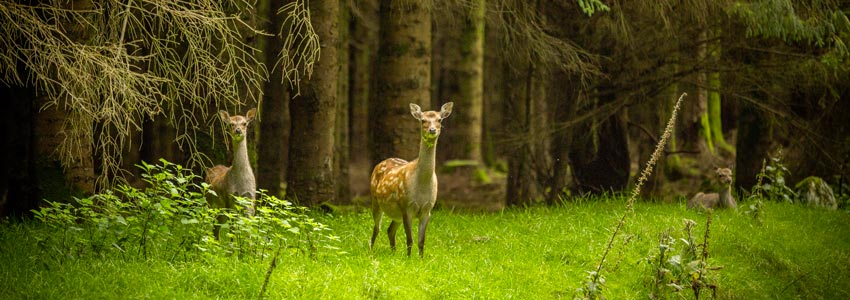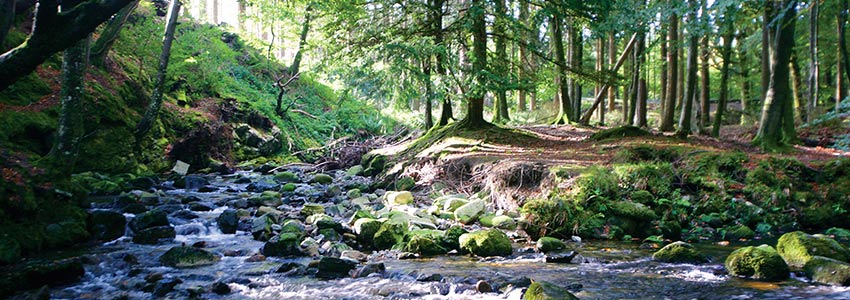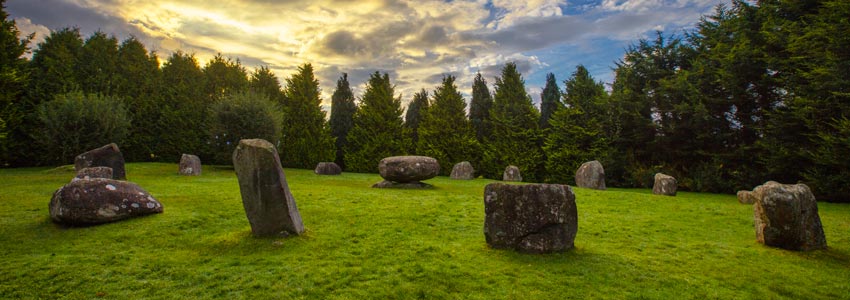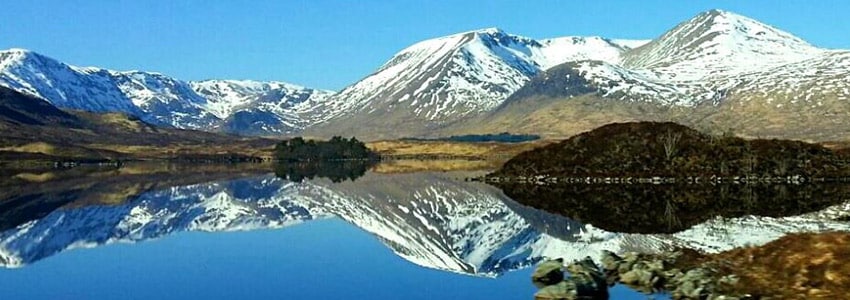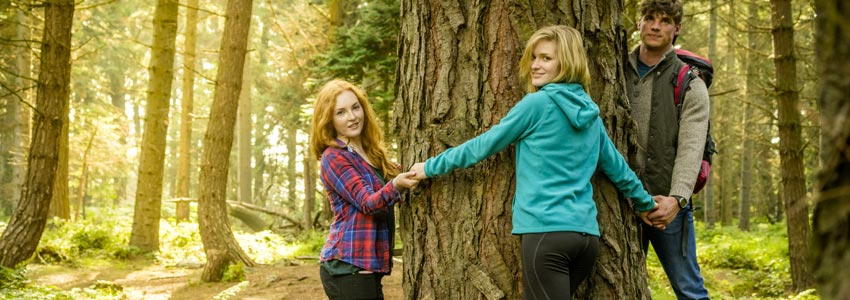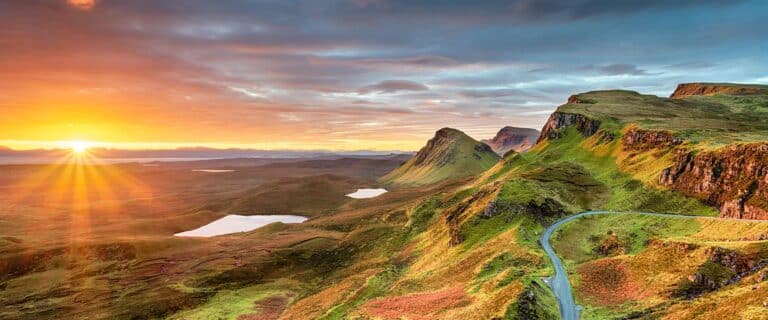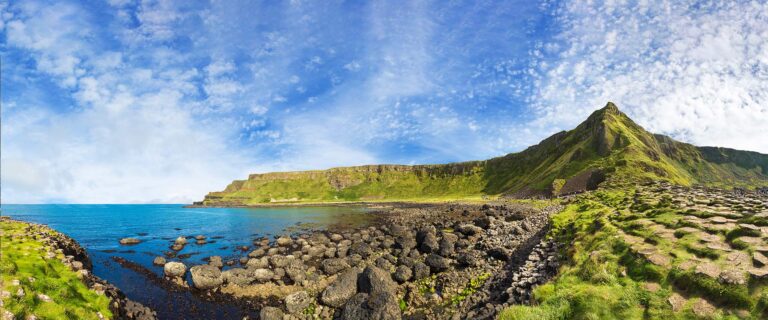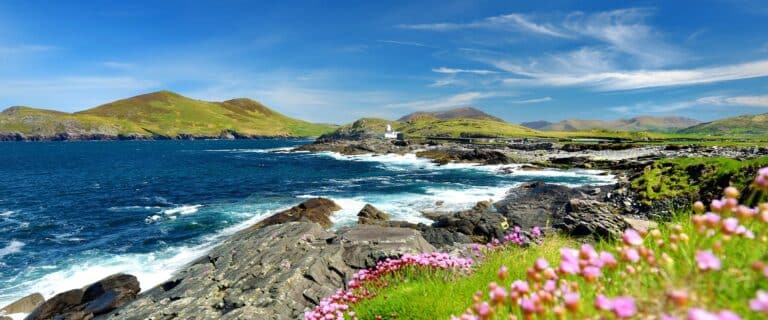The ancient Celts had a vivacious mythology that’s still alive in Ireland, Scotland, and Wales; you can feel its power as you explore these countries. They were gifted storytellers. Adventure, heroism, and romance ran riot in their tales. Once a powerful group that dominated Europe, they were reduced to a few small tribes after the Romans invaded. But their mythology survived, thanks to medieval monks who took notes.
Magic, magicians, and the supernatural were threads running throughout their mythology. They were fascinated with cauldrons. The cauldron of plenty was never empty, and there was food for all. The cauldron of rebirth brought slain warriors back to life. Witches and banshees stirred cauldrons, brewing up trouble, right and left.
There were, of course, voyages to dangerous lands. Heroes often had to perform impossible feats in order to rescue their true love. Gods played tricks on humans and on each other. Animals changed shape at will. (Think about the fairy tales you know. Remember Shakespeare. The early Celt stories changed over time, but the themes are very familiar.)
Many myths spoke of the otherworld. In this wondrous place there was no work, no death, and the spirits who lived there never got old. The Celts believed humans could enter this enchanting land through burial mounds, caves, or lakes. They faced terrible trials along the way, but if they made it they would live happily ever after. (“Happily ever after,” is what the monks tell us the Celts said.)
The Druids came from noble Celt families. They were influential figures in their tribes and served as priests, judges, teachers, and advisers. It was also believed they had exceptional abilities. Myrddin is the Druid we know best. He was a magician in Welsh stories and later became Merlin in the Arthurian legends.
Wonderfully, the Celts had powerful female deities. These included three war goddesses, Morrigan, Badb, and Nemain—in battle, they appeared as ravens. Another important deity was Brigit, goddess of learning, healing, and metalworking. Epona, the horse goddess, was associated with fertility, water, and death. These women had it covered!
The Celts loved the notion of shape-shifting, and it usually involved taking the spirit form of animals. Battle while in animal form was a fight between the forces of dark and light. Birds sent messages and passed secrets. Ravens were protectors. Animal skins enhanced dreams. Eating salmon was eating wisdom. Horses were fertility symbols and mice were hard times.
Today, we see the spirits in the same places that the Celts did. The Loch Ness Monster was first spotted in the Scottish Highlands 1,500 years ago. Selkies, those mythical creatures of Scotland, lured mortals to them and had their children. We’ve heard about those in the Outlander books and films.
All ancient people held the earth in reverence. It was, literally, a matter of life and death to have a good relationship with Mother Earth. The Celts believed that springs, wells, rivers, and groves were protected by spirit animals. Today, in Ireland, new roads are still routed around a family of trees, called fairy rings. They are not destroyed.
When we listen to the still voice inside us, we remember the stories that our grandmothers told us. We have known the power of story since the beginning of time. We feel the pull of myths and the wonder of animal magic, and we remember the importance of staying on good terms with Earth as she nurtures us.
When you visit Ireland, Scotland, or Wales you’ll hear stories from pubs, drivers, and hotel clerks. And, you may ask your Destination Expert to put a special storytelling experience in your itinerary!


